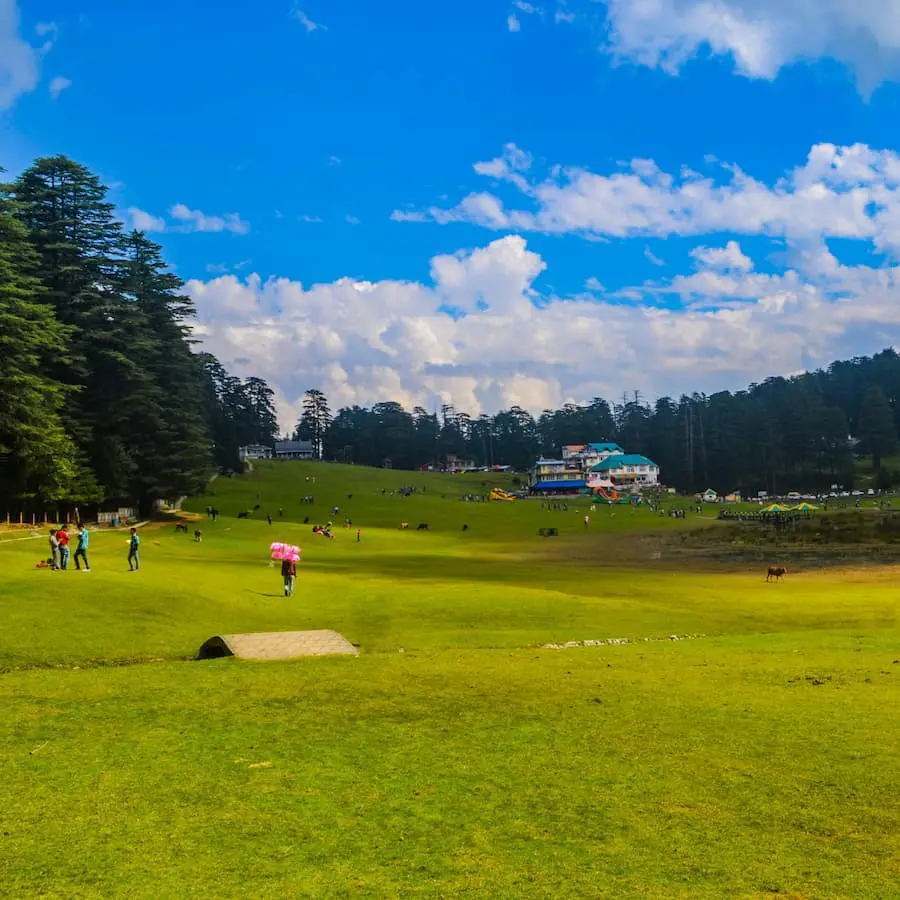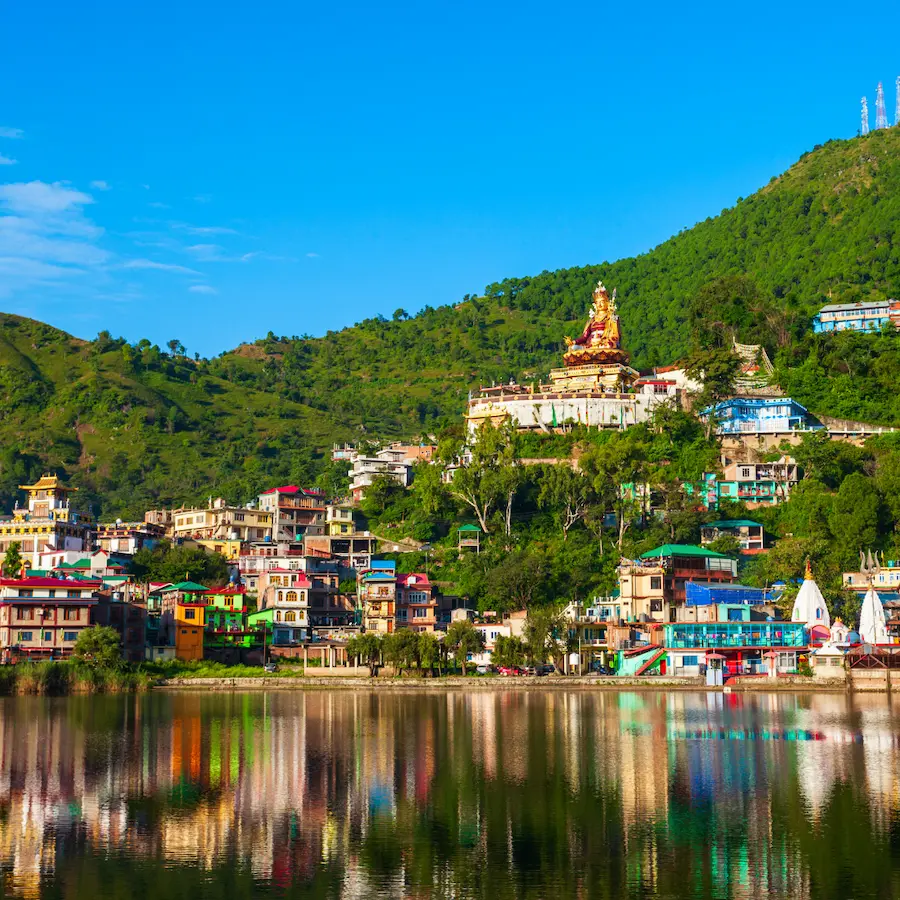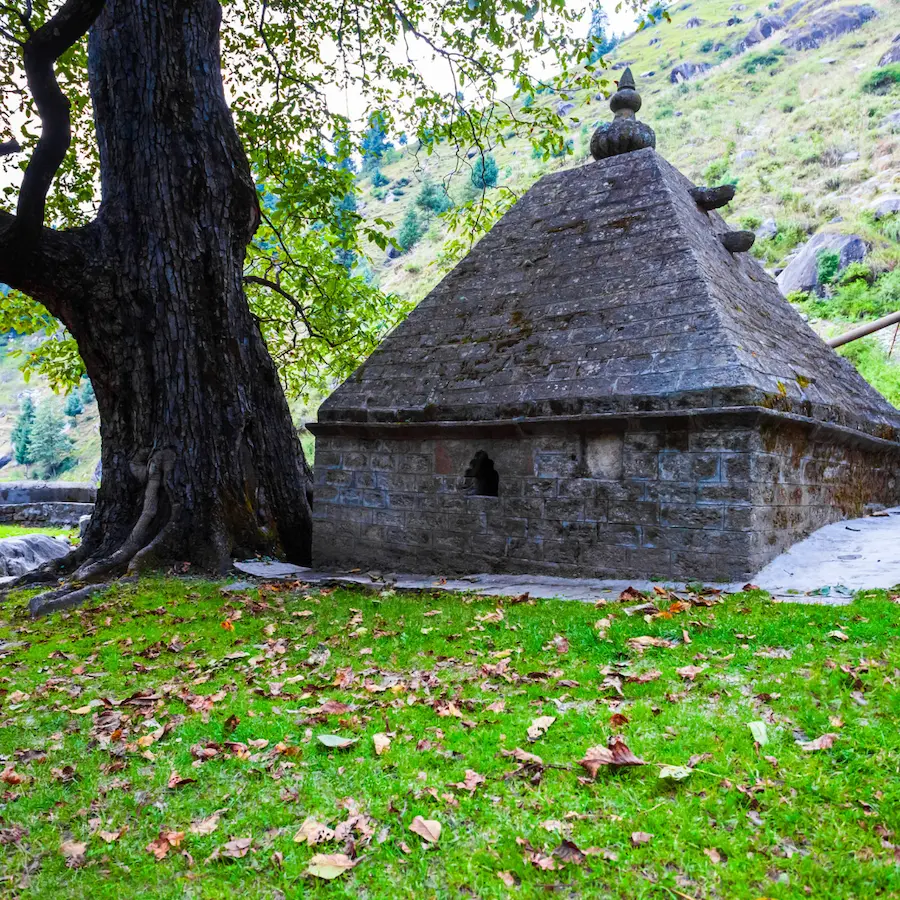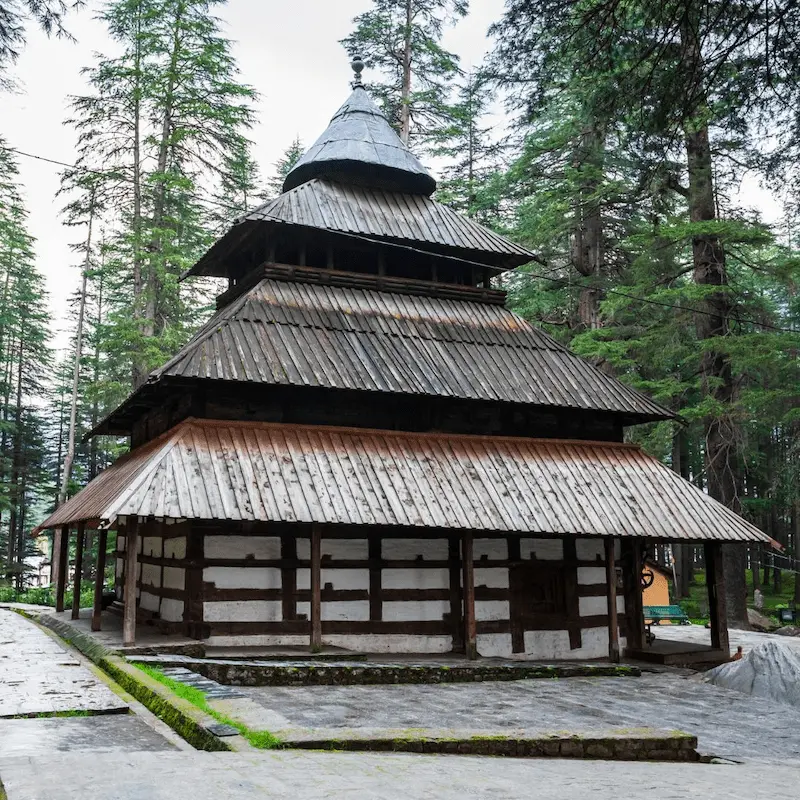Himachal Pradesh is a land of enchantment and mystery, where ancient legends and folklore still live in the hearts and minds of the people. The state is blessed with diverse natural beauty, a rich cultural heritage, and a vibrant spiritual tradition. It is also home to some of the most fascinating stories and myths that reflect the history, beliefs, and values of the people of Himachal.
In this blog post, we will explore some of the folktales, myths, and legends of Himachal Pradesh that will take you on a journey of wonder and awe. These stories are not only entertaining but also informative and inspiring. They reveal the wisdom, courage, and faith of the people who have lived in this land for centuries.
The Legends of Pandavas
One of the most prominent themes in the folktales of Himachal Pradesh is the association with the epic heroes of Mahabharata, the Pandavas. The five sons of Pandu, who fought against their evil cousins, the Kauravas, in the great war of Kurukshetra, are revered and worshipped by the people of Himachal. Many places in the state are believed to be visited or created by the Pandavas during their exile or their journey to heaven.
For example, Khajjiar in Chamba district is known for its scenic beauty and a small lake with a floating island of reeds. It is said that the lake was formed by the footprint of Bheem, the strongest of the Pandavas, who also built a wooden temple dedicated to Khajji Nag Devta or the snake deity. Similarly, in the Mandi district, there is a huge boulder known as Chikni Chattan or the slimy rock, where the Pandavas spent a night during their wanderings. The steps leading to the top of the boulder are said to be carved by them.

Another place that is linked with the Pandavas is Rewalsar in Mandi district, where there is a lake with three floating islands. It is believed that this lake was created by Arjun, the archer of the Pandavas, who shot an arrow into the ground to quench his thirst. The lake is also sacred to Buddhists and Sikhs, as it is associated with Guru Padmasambhava and Guru Gobind Singh respectively.
The Myths of Shiva-Shakti
Another common theme in the folktales of Himachal Pradesh is the worship of Shiva-Shakti or the divine couple of Lord Shiva and Goddess Parvati. Shiva is considered to be the supreme god of destruction and regeneration, while Parvati is his consort and the mother goddess of power and fertility. Together, they represent the cosmic balance of male and female energies.
Many temples and shrines in Himachal Pradesh are dedicated to Shiva-Shakti, where they are worshipped in various forms and names. For instance, Jwalamukhi temple in Kangra district is one of the most famous temples of Goddess Parvati, where she is worshipped as Jwala Devi or Jwala Ji, meaning “the flaming goddess”. The temple has a natural flame that burns continuously without any fuel or assistance. It is said that this flame emerged from the tongue of Parvati when she was consumed by fire after her father insulted Shiva.
Another example is Manimahesh temple in Chamba district, where Lord Shiva is worshipped as Manimahesh or Manimaheswar, meaning “the lord with a jewel on his head”. The temple is located near a glacial lake at an altitude of 4,080 meters above sea level. It is believed that Shiva resides here with Parvati on a mountain peak called Kailash2. Every year, thousands of pilgrims undertake a trek to Manimahesh Lake to take a holy dip and seek blessings from Shiva.
The Folklore of Local Deities
Apart from the epic heroes and the supreme gods, Himachal Pradesh also has a rich tradition of local deities or devtas, who are regarded as guardians and protectors of villages, clans, or regions. These devtas are usually represented by wooden or metal idols or masks that are kept in temples or carried in processions during festivals. They are believed to have supernatural powers and can influence natural phenomena such as rain, snow, crops, diseases, etc.
Some examples of local deities in Himachal Pradesh are Hadimba Devi in Kullu district, Chamba Devi in Chamba district, Shirgul Devta in Sirmaur district, and Narsingh Devta in Shimla district. These deities have their legends and stories that explain their origin, attributes, and deeds. For example, Hadimba Devi is the sister of Hadimb, a demon king who ruled over Kullu valley. She fell in love with Bheem, one of the Pandavas, and married him. She gave birth to a son named Ghatotkach, who fought in the Mahabharata war. Hadimba Devi is worshipped as the patron goddess of Kullu Valley and is revered for her strength and courage.
Another example is Chamba Devi, who is the daughter of Meru, the king of mountains. She was married to Raja Sahil Varman, the founder of Chamba town. She was very pious and devoted to Lord Shiva. Once, she went to meditate in a cave near the river Ravi. She was so absorbed in her meditation that she did not notice that a snake had coiled around her neck. When her husband came to see her, he was shocked and tried to remove the snake. But the snake bit him and he died. Chamba Devi was heartbroken and cursed the snake to become a stone. She then immolated herself on her husband’s pyre. She is worshipped as the goddess of Chamba town and is believed to grant boons to her devotees.
These are just some of the folktales, myths, and legends of Himachal Pradesh that showcase the rich and diverse culture of the state. Many more stories are waiting to be discovered and enjoyed by you. If you are looking for a place to experience the magic and mystery of Himachal Pradesh, then look no further than Rakkh Resort.
Rakkh Resort is a boutique resort that offers you a comfortable and luxurious stay in the lap of nature. You can enjoy the scenic views of the Dhauladhar range, indulge in various adventure activities, savour the local cuisine, and learn about the local culture and traditions. You can also visit some of the nearby places of historical and religious significance, such as Dharamshala, Mcleodganj, Palampur, etc.
So what are you waiting for? Book your stay at Rakkh – Resort in Dharamshala today and get ready to explore the folktales, myths, and legends of Himachal Pradesh.